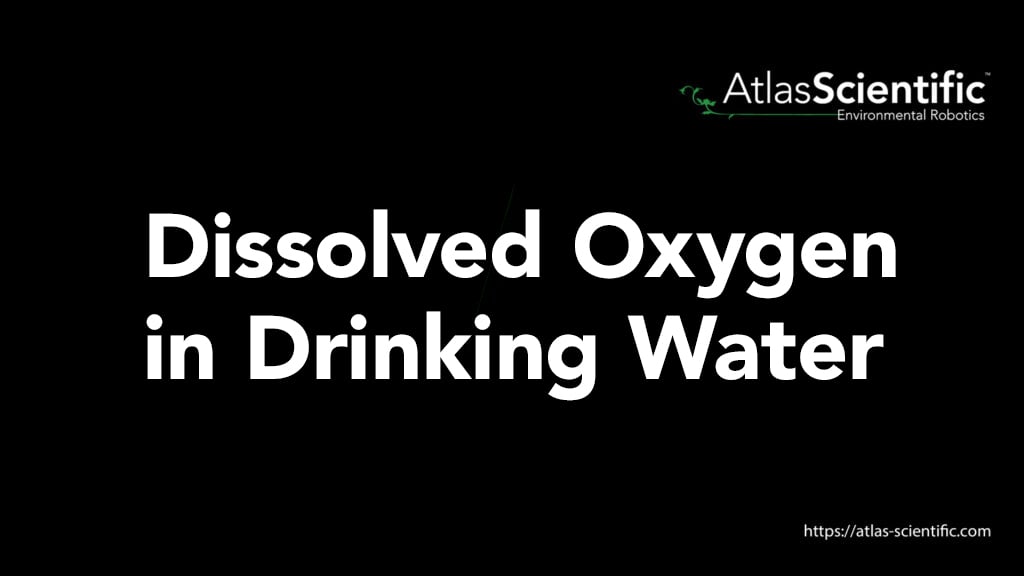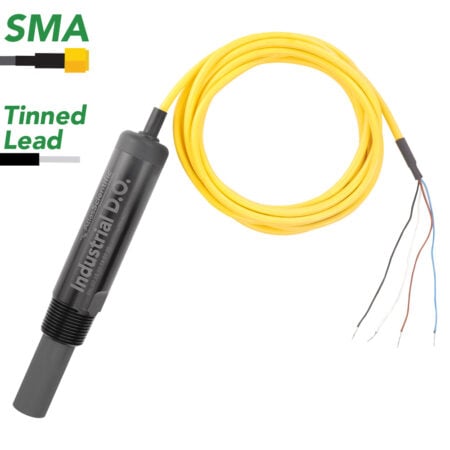Subtotal: $354.99

What Is pH Drift And How To Fix It? A Complete Troubleshooting Guide
pH drift is a common yet critical challenge in both industrial and laboratory environments, where the pH value moves away from the true, expected pH
Product Categories

Dissolved oxygen (DO) is a key component in drinking water. By measuring DO levels in drinking water, it tells water industries the water quality, which is vital for human consumption.
Earth contains around 71% of water, making it the most abundant resource on our planet. Unfortunately, not everyone has access to safe drinking water and waterborne diseases kill millions of people every year.
Dissolved oxygen (DO) is one of the most important indicators of water quality in drinking water. Dissolved oxygen is also critical for fish and other aquatic organisms to survive, therefore regularly testing DO is required in a variety of industries.
Dissolved oxygen plays a significant role in biological processes, both directly (organism physiology and survival), and indirectly (the effect on nitrogen and carbon cycles in water).
In water, dissolved oxygen uses up a specific amount of space, therefore, if DO levels are too high, water cannot hold onto other dissolved substances. If DO levels are too low, minerals from riverbeds and runoff will start to dissolve into the water, which affects water quality.
When talking about drinking water supplies in a particular area, dissolved oxygen plays a large part in the overall taste of the water. If the DO levels of the water supplies in your area are high, the drinking water will have a better taste than areas with lower DO levels.
Despite increases in DO levels improving the taste of drinking water, it doesn’t come without some downfalls. Water with higher DO levels can damage industrial components. As an example, increasing DO levels increase corrosion in water pipes, therefore costing water suppliers more money with maintenance and repairs.
To prevent corrosion and other damages to water systems, most water industries will only use water that has a low DO concentration.
In determining the DO concentration, water operators must consider the following:
These factors are important to consider, as DO takes up a certain amount of space in the water. When DO levels are high, the space is limited for other dissolved substances.
To ensure water is safe for drinking, chlorine and chloramine are often added, therefore there must be enough space to disinfect public water systems. However, if DO levels are too low, minerals will quickly dissolve in water systems, and while higher minerals are not problematic for drinking water, they can alter the smell and taste of the water, making it less desirable.
Dissolved oxygen is affected by natural and anthropogenic factors, which affect both aquatic communities and water quality.
Natural Factors:
Anthropogenic Factors:
As already mentioned, measuring DO is important to ensure drinking water is safe for human consumption. When measuring the water quality of drinking water, healthy water should have a DO concentration above 6.5 – 8 mg/L (80 – 110%).
You can test dissolved oxygen in drinking water using electrochemical analysis (DO probe/sensor), photochemical analysis, or chemical analysis (the basic titration method).
Using a DO probe is the most accurate and preferred way. For more information on how to use a DO probe, we have an easy step-by-step guide here.
Measuring dissolved oxygen in drinking water is important to understand water quality, and allows water industries to meet the required standards.
High dissolved oxygen levels are beneficial for drinking water, as it improves the taste, however, high dissolved oxygen levels are linked to rapid corrosion of water pipes. Therefore, water industry companies use the lowest DO levels that are safe for human consumption to be efficient. Safe drinking water should have a DO value of 6.5 – 8 mg/L (80 – 110%).
If you have any questions regarding dissolved oxygen, other water quality measurements, or what dissolved oxygen probes will best suit your needs, please do not hesitate to reach out to the world-class team at Atlas Scientific.







pH drift is a common yet critical challenge in both industrial and laboratory environments, where the pH value moves away from the true, expected pH

Hydrofluoric acid is an extremely versatile industrial chemical vital in semiconductors, manufacturing, fluorinated compounds, metal processing, glass etching, and petroleum refining. Although hydrofluoric acid is